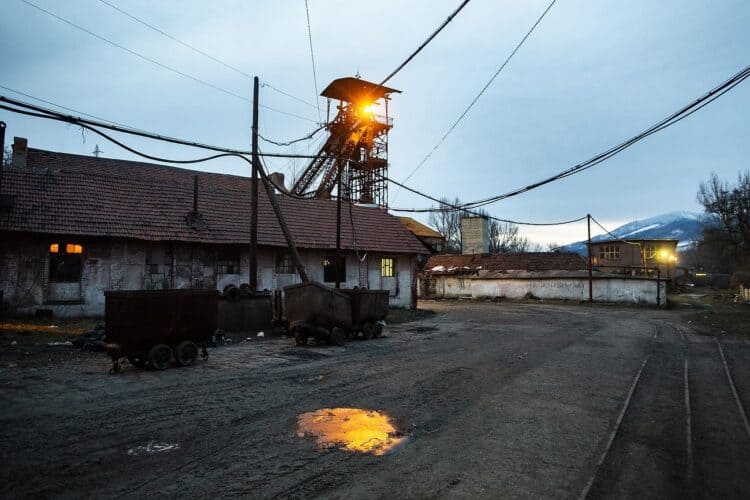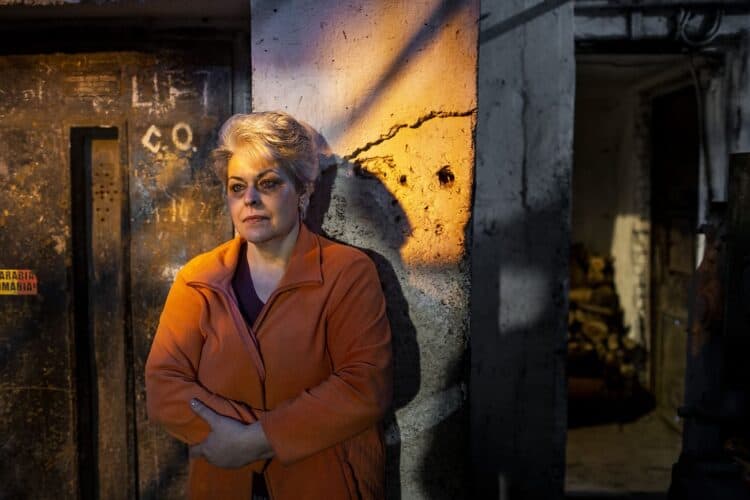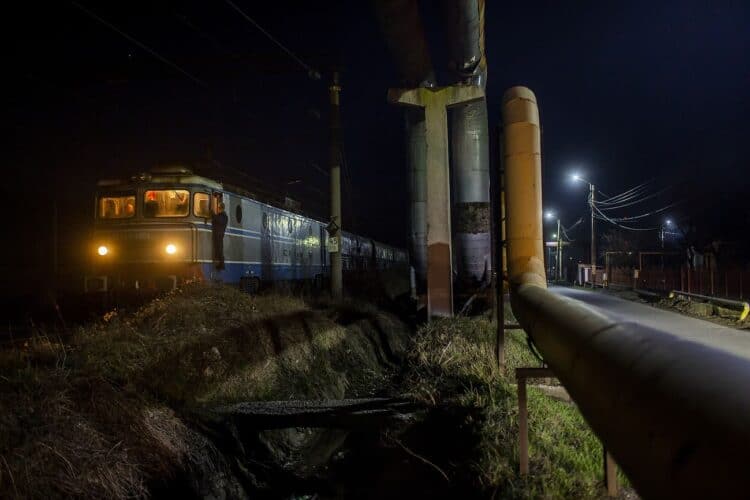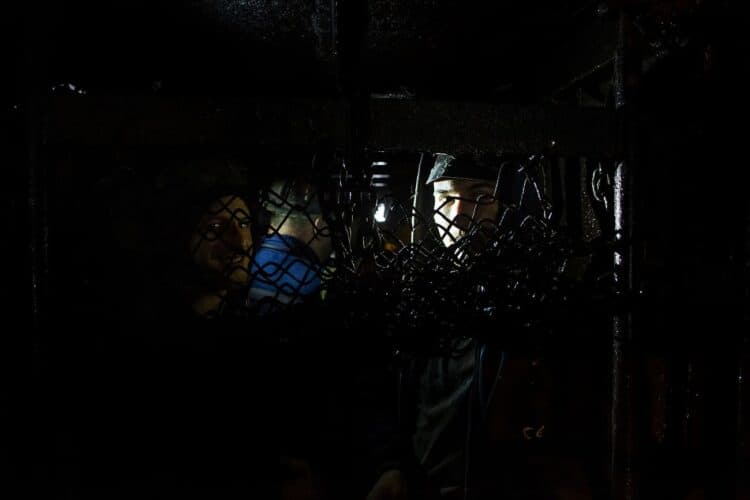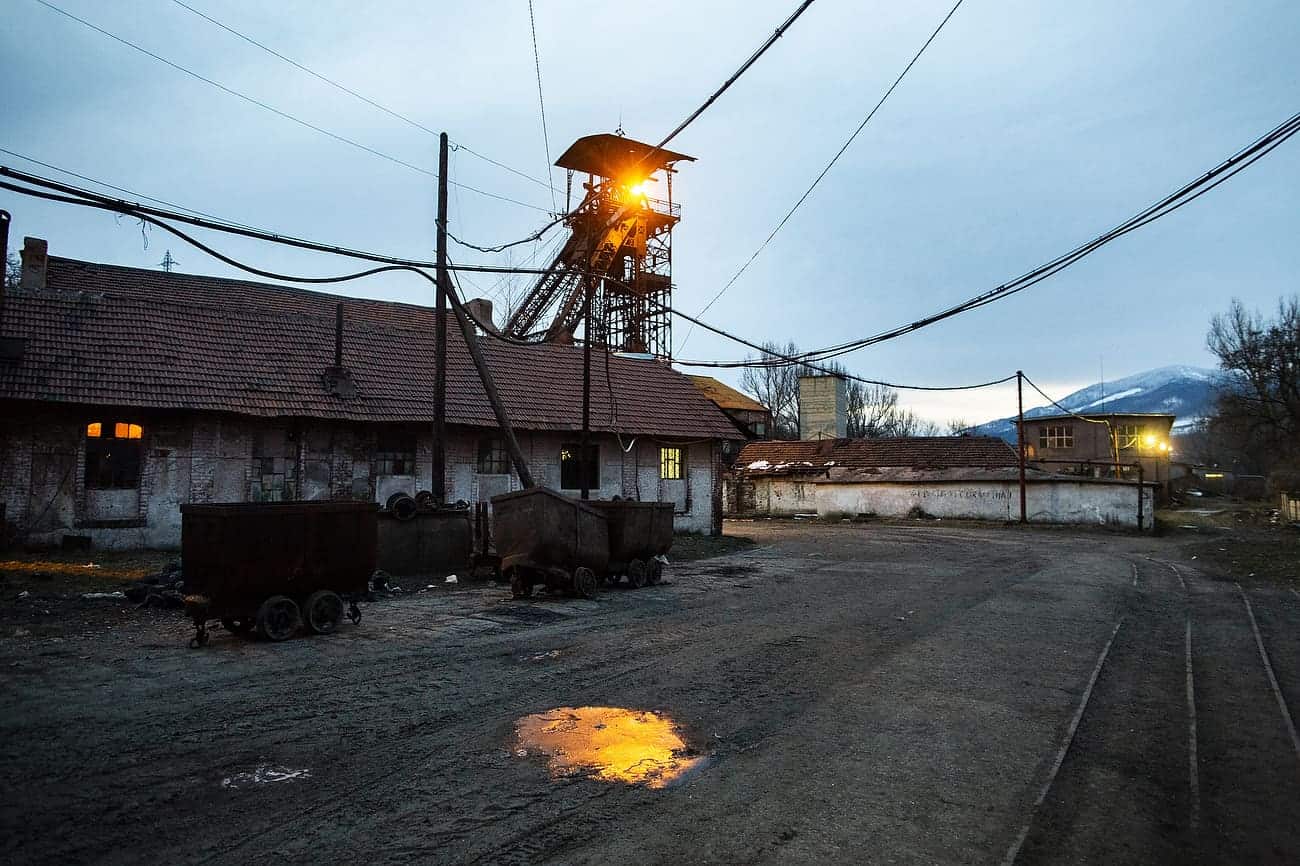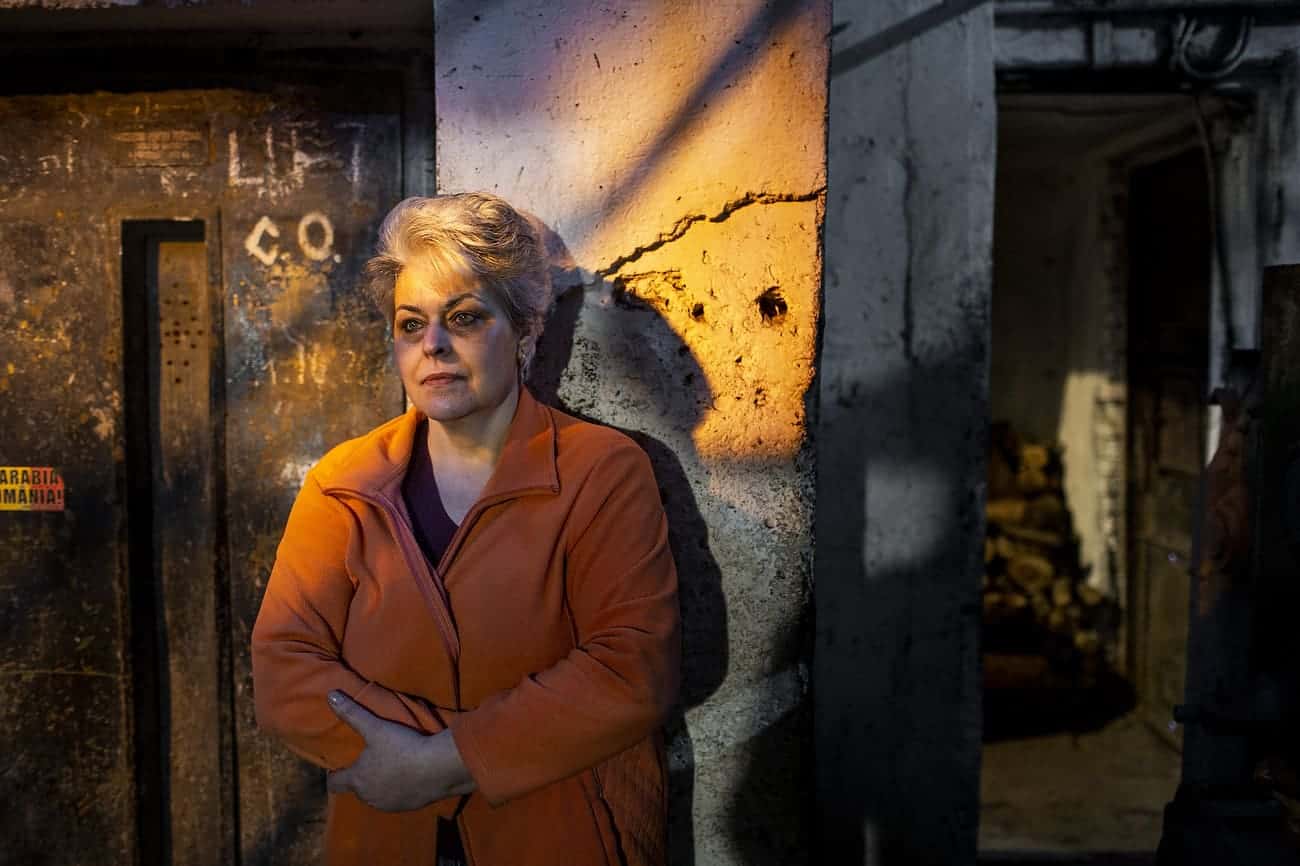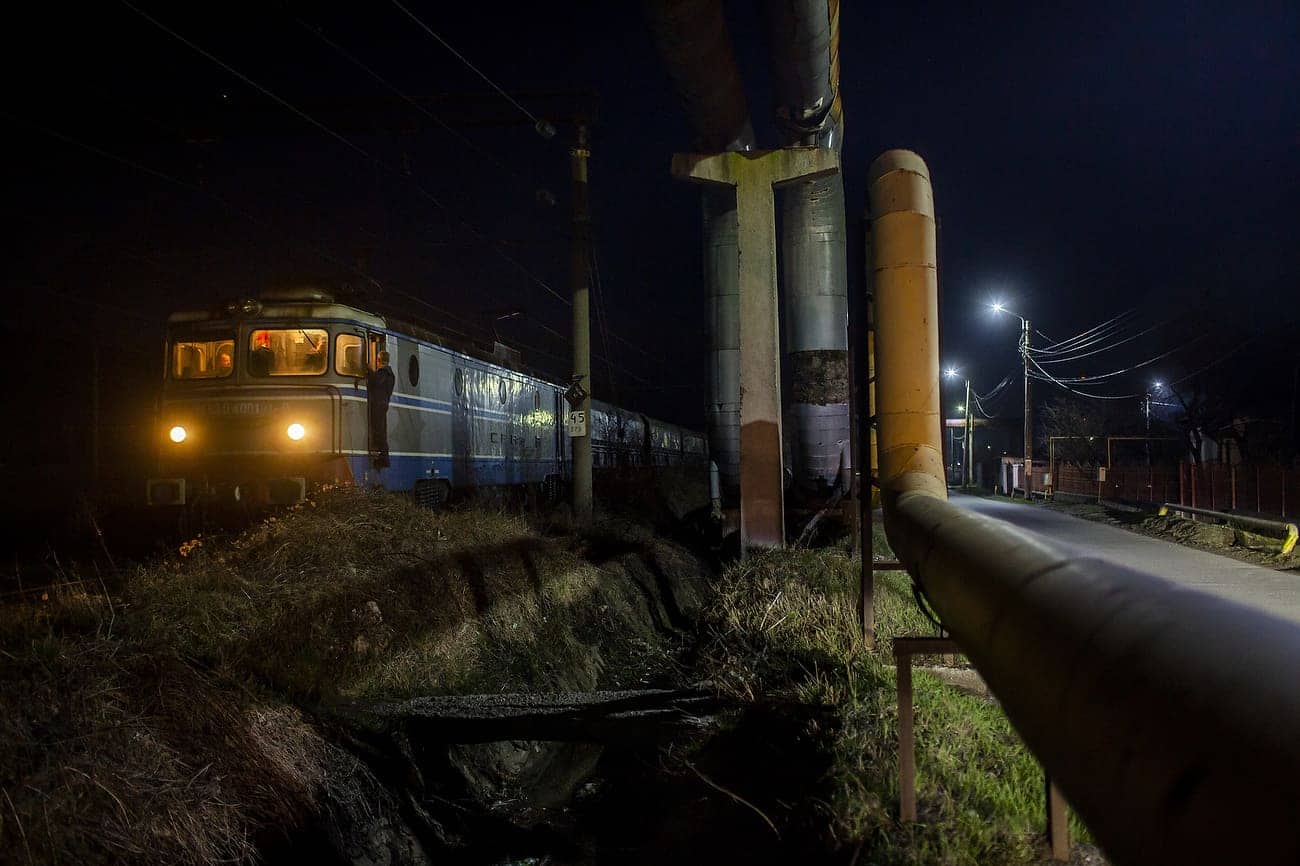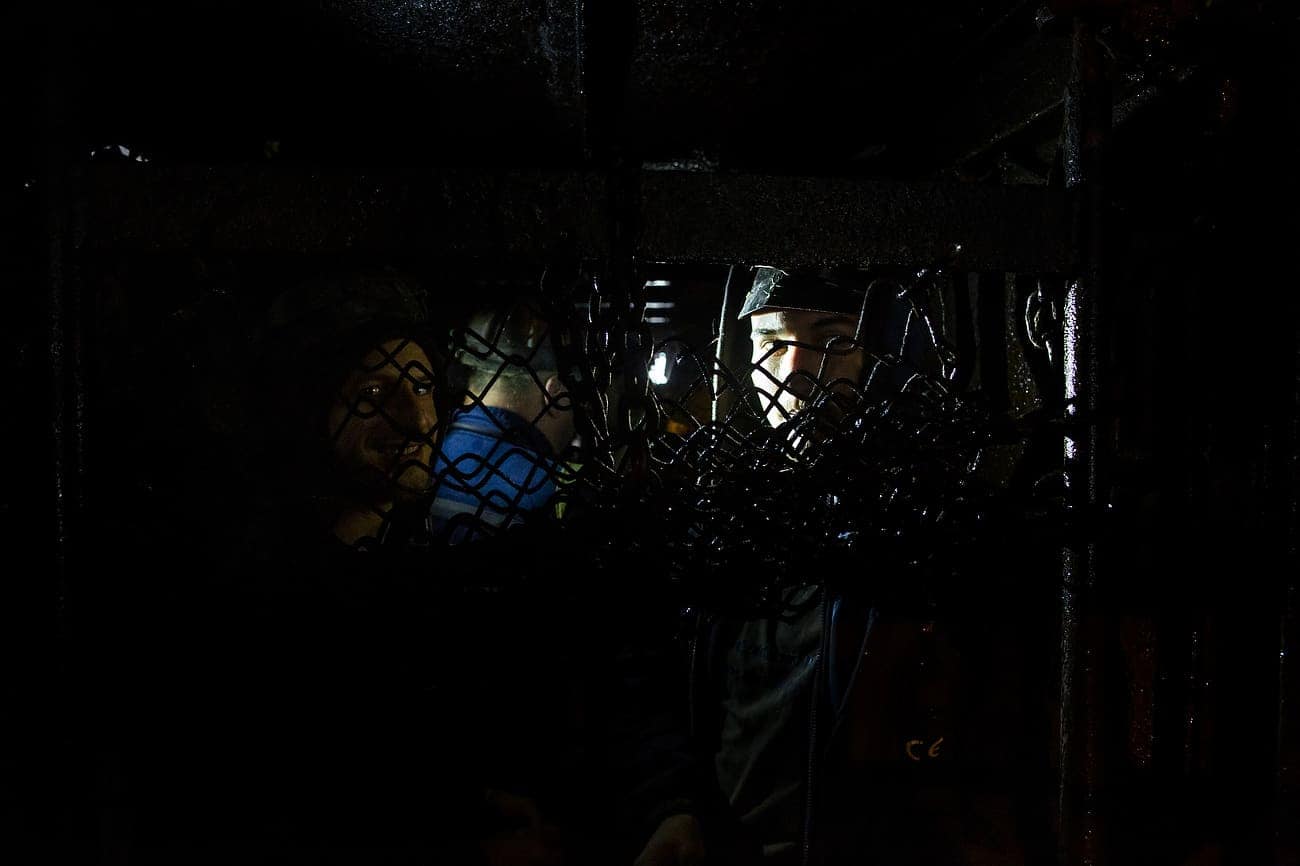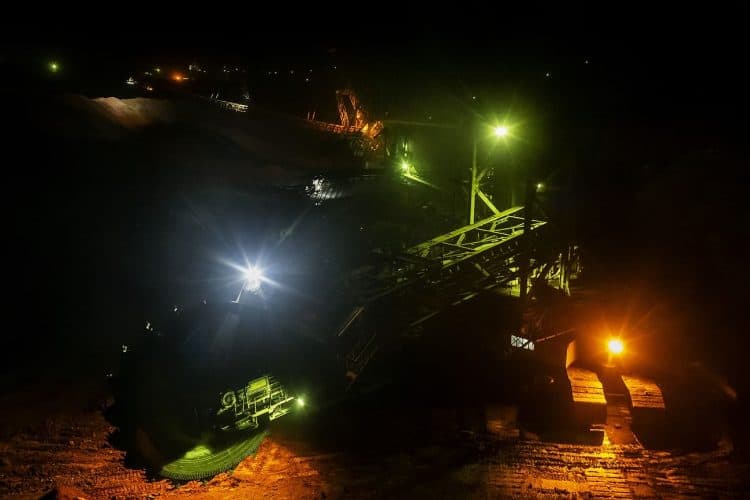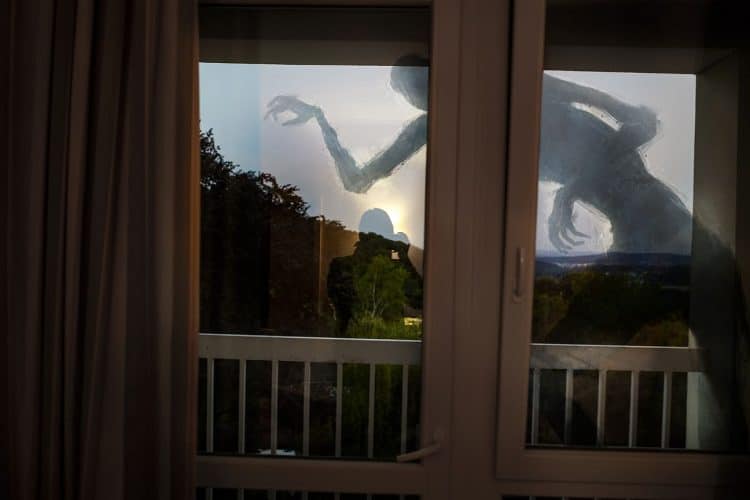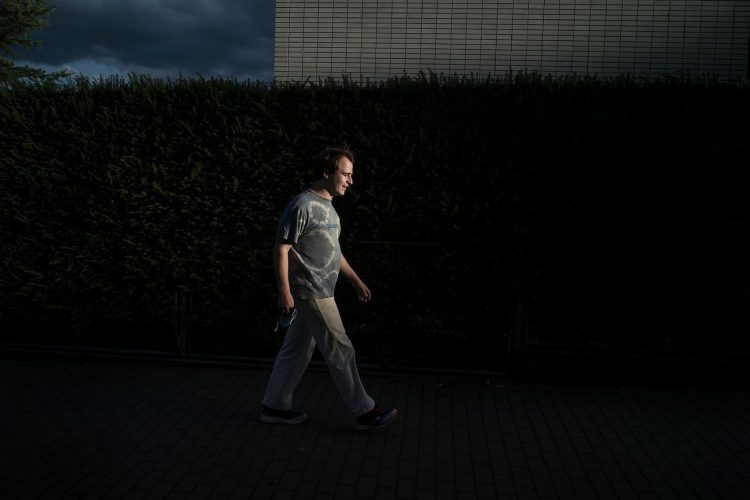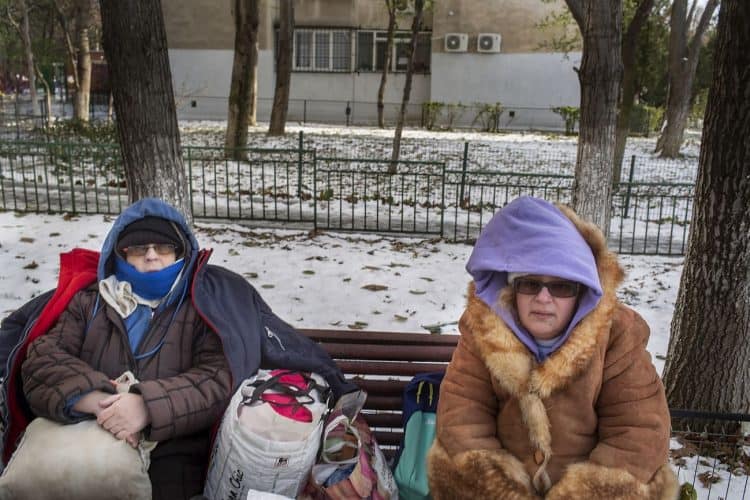The year 1990 came as a turning point in public perception of the miners. After the demonstration held by the traditional political parties on 28 January 1990, the leaders of the National Salvation Front made an appeal to the miners’ unions to come to Bucharest and “restore order”.
That year, the miners came to Bucharest three times. The final visit, in June, has remained the bloodiest event since the 1989 Revolution. There were six dead and hundreds of non-fatal casualties, and the headquarters of the opposition parties were ransacked.
I was nineteen at the time. I remember that on the morning of 13 June, I was woken by a deafening droning noise. For a few seconds, I thought it was an earthquake. I’d experienced something similar a few seconds before the earthquake of 1986. But I quickly realised it wasn’t an earthquake this time and turned on the radio. I heard with my own ears Iliescu thanking the miners for coming to the capital to restore order.
I got dressed and went outside. I was in the middle of the traffic island in Piata Romana when the first bands of miners appeared, coming down Ana Ipatescu Boulevard. Their gait, their talk, their rubber cables and clubs have remained seared in my memory.
Opposite my building, a neighbour older than me came outside. A swarthy man, in a white vest, his large belly spilling over his trouser belt, he was looking at them, like I was, in a mixture of fear and curiosity.
In the vanguard of the miners, two of them cast me a glance and then looked at my neighbour. In a fraction of a second, they rushed at him, clubs raised. He managed to retreat into the yard of his building, but the miners followed him. I kept my cool and although my building was quite a distance away, I slowly walked back to my gate. I escaped by a miracle.
Besides the human victims, the miners also managed, albeit unwittingly, to deal an almost fatal blow to Romania’s fledgling democracy. By installing a reign of terror and annihilating the University Square protests, the miners once and for all snatched away any chance of Point 8 of the Timisoara Proclamation (the Law of Lustration) being applied. As a result, Romania has yet to rid itself of the former communist nomenklatura. Rather than a working democracy, Iliescu fulfilled his dream of installing perestroika on the Danube, so-called communism with a human face.
But the sword raised by the miners had two edges, stealing from us thirty years as a nation, but spelling the beginning of the end for them. The incompetents of the former communist system, which the University Square protesters were trying to depose, remained in power thanks to the miners and in the process destroyed the mining industry along with everything else.
We might think that nobody summoned the miners, although we know that in Romania nobody takes the initiative for anything. Those in doubt don’t need to ask Iliescu or whoever was taking phone calls from Bucharest at the mines on the days in question. We might think that the miners were just a diversion so that others could target University Square, the headquarters of the traditional parties, the house of Ion Ratiu. We’re free to believe whatever we wish.
Even the miners themselves, aware of what they did in 1990, would like to believe, thirty years later, that everything was a set-up, a frame-up. Unfortunately for them, nobody can defend his own turpitude by claiming to have been fooled.
Wreaking devastation to order, the miners ignited, like same as coal gas combusting in contact with air. At the time, the instigators took a risk by inciting the miners. But they were lucky that we subsequently proved to be a nation lacking in dignity, lacking a backbone, which was in no hurry to demand that the head of state, obligated by the Constitution to protect us, be put on trial for those who fell victim to the miners on their rampage.
Thirty years later, we still pretend that we want to prove in court that Iliescu, as head of state, summoned the miners, rather than trying him for manslaughter.
